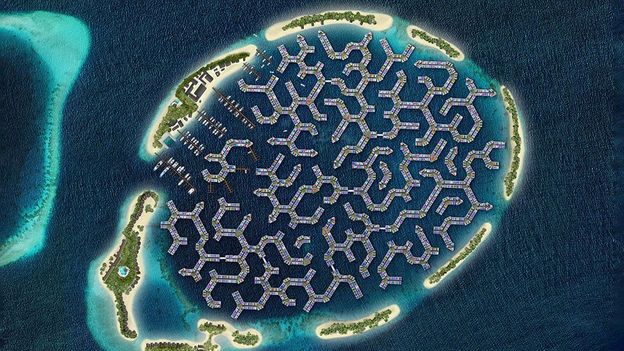At first glance, hydrogen looks to be a good solution to the challenge of flying without wrecking the climate. Whether hydrogen is used to power a fuel cell to generate electricity or directly combusted for motive power, the only waste product is clean water. Importantly in the context of flight, hydrogen packs a lot of energy per unit of mass – three times more than conventional jet fuel, and more than a hundred times that of lithium-ion batteries.
Governments and companies are investing in this potential. ZeroAvia’s 2020 hydrogen-powered flight, known as HyFlyer I, was supported by the UK Government, whose Jet Zero Council promises “a laser focus on UK production facilities for sustainable aviation fuels and the acceleration of the design, manufacture and commercial operation of zero-emission aircraft.”
The UK government, together with private investors and commercial partners are supporting ZeroAvia in the development of an aircraft with a hydrogen-electric (fuel cell) powertrain capable of carrying up to 20 passengers about 350 nautical miles (648km). ZeroAvia’s founder and chief executive Val Miftakhov, says the company expects to offer commercial flights using such a plane as early as 2023, and that by 2026 it will be able to realise flights over a range of 500 nautical miles (926km) in aircraft with up to 80 seats. For 2030, Miftakhov has even bigger plans: “We will have single-aisle jets, 100-seat category,” he says.
There is ambition in mainland Europe too. Hydrogen “is one of the most promising technology vectors to allow mobility to continue fulfilling the basic human need for mobility in better harmony with our environment”, says Grazia Vitaldini, chief technology officer at Airbus, the world’s largest aircraft manufacturer. In September 2020, Airbus announced that hydrogen-fuelled propulsion systems would be at the heart of a new generation of zero-emissions commercial aircraft. The project, named ZeroE, is a flagship of the European Union’s multibillion-euro stimulus package, aimed at greening the bloc’s economy.
Airbus has presented three concept planes which it says could be ready for deployment by 2035. The first is a turboprop (propeller) driven aircraft capable of carrying around 100 passengers about 1,000 nautical miles (1,850km). The second, a turbofan (jet), could carry 200 passengers twice as far. Both look similar to already existing planes, but ZeroE’s third concept is a futuristic-looking blended-wing design that is a striking departure from commercial models today. Airbus says this third design could be capable of carrying more passengers over longer distances than the other two, but has not released more detail at this stage. All three designs are envisaged as hydrogen hybrids, which means they would be powered by gas-turbine engines that burn liquid hydrogen as fuel, and also generate electricity via hydrogen fuel cells.












